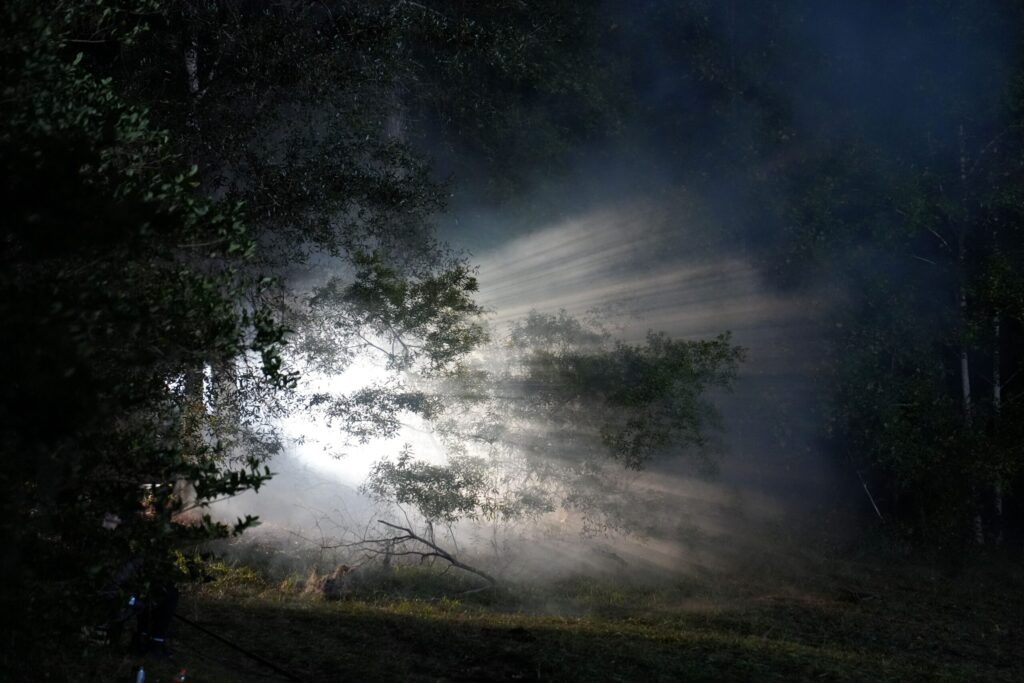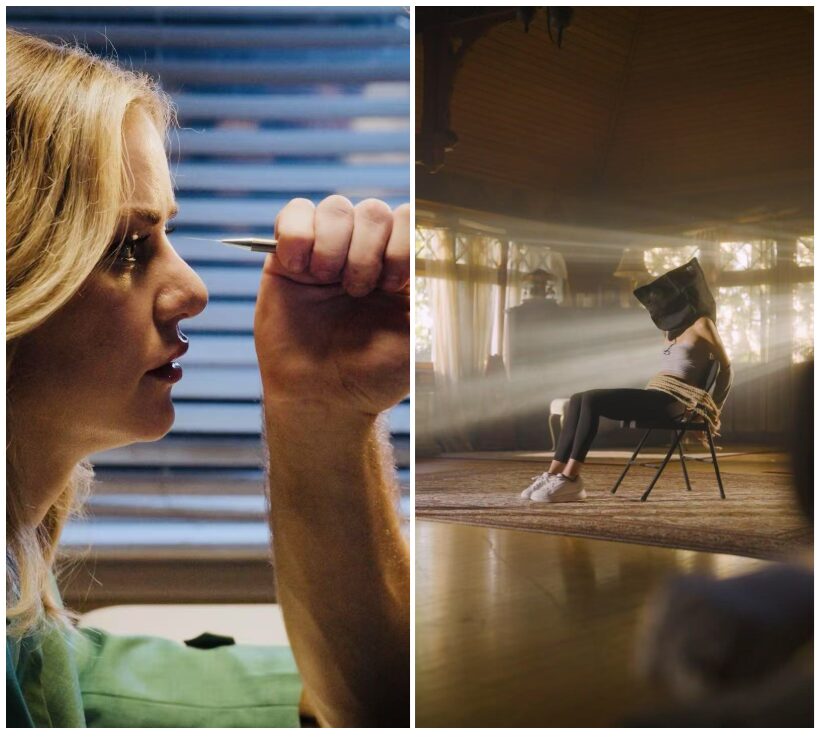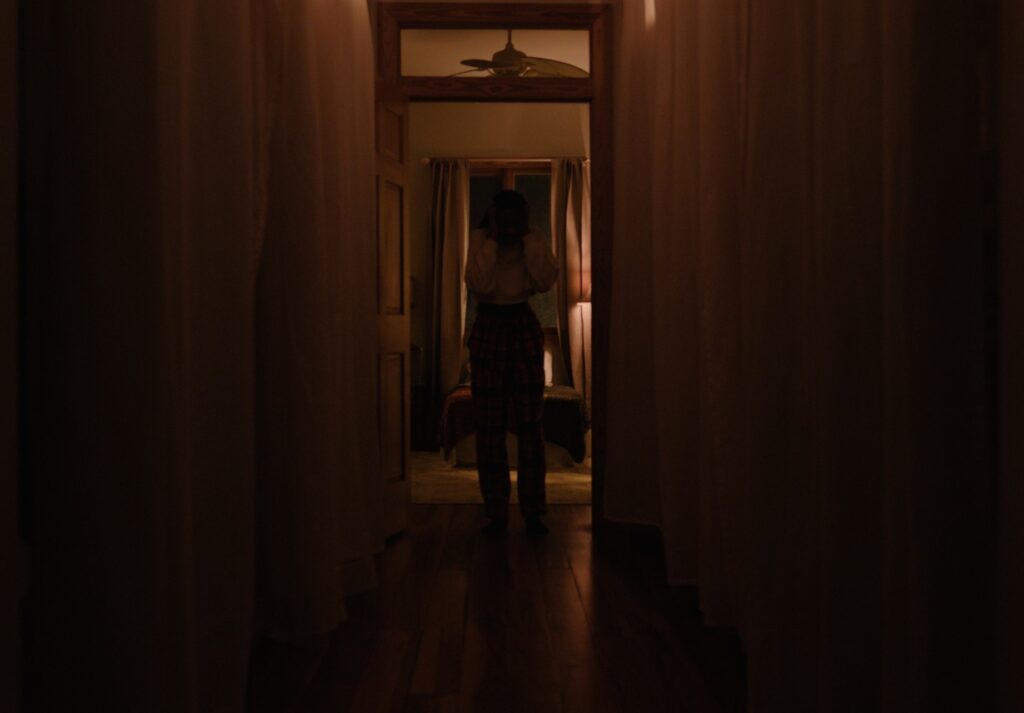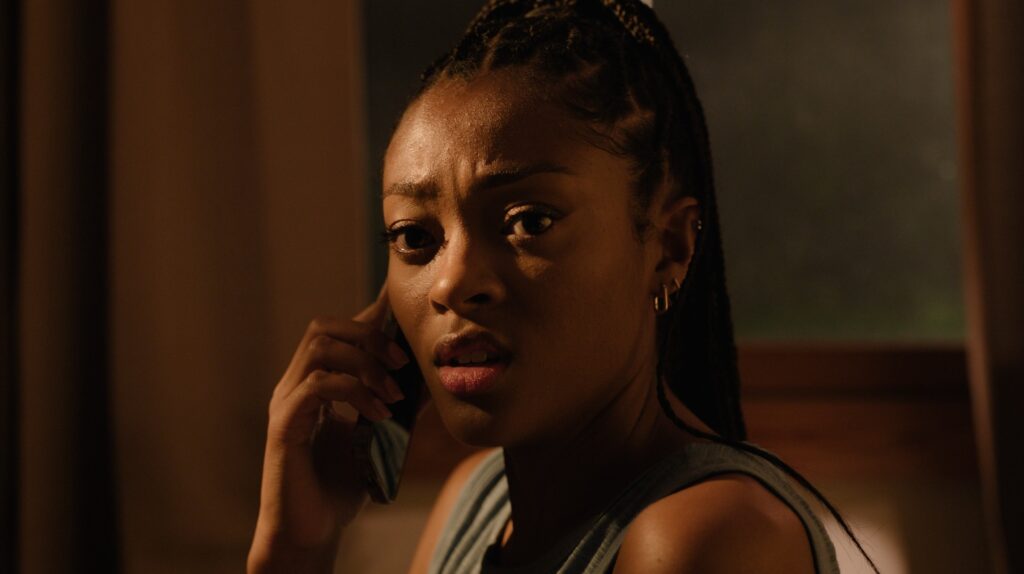Yiming Pan: Illuminating Stories from Cannes to the Digital Screen
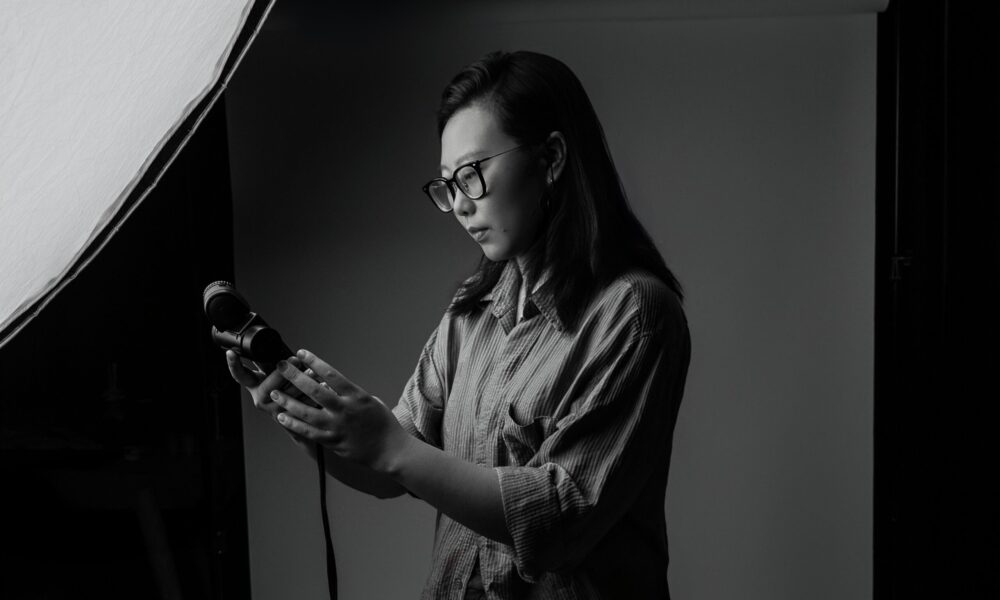
Yiming Pan isn’t just a gaffer; she’s a visual storyteller wielding light as her primary instrument. Based in Los Angeles, Yiming has quickly carved a niche for herself in cinematic lighting, bringing a unique perspective and technical expertise honed through years of dedication and a passion ignited in her childhood. Her journey, beginning in China and flourishing in the heart of Hollywood, showcases a commitment to the art of filmmaking and a desire to elevate the narrative through the strategic use of light and shadow.
Yiming’s fascination with visual storytelling began early. Raised in China, her father’s passion for photography provided the initial spark, revealing the profound impact of light in shaping perception and emotion. This early exposure ignited a desire to master the art form, leading her to Florida State University’s College of Motion Picture Arts, a recognized leader in film education. Here, she honed her craft, immersing herself in the technical and artistic aspects of filmmaking.
Since graduating, Yiming has contributed her talents to a diverse range of projects, each experience solidifying her reputation as a skilled and insightful gaffer. Her recent work includes serving as the gaffer for Noseeums (2024), a film presented at the prestigious Cannes Film Market. She also lent her expertise to King’s Cup (2022–2023), where her innovative lighting designs significantly enhanced the visual narratives. Further demonstrating her technical acumen, she served as Best Boy Electric on Parasomnia (2024), executive produced by Dan Clifton, showcasing her collaborative spirit and ability to contribute to complex productions.
Speaking about her experience on Noseeums, Yiming emphasizes the collaborative nature of the project and the importance of lighting in subtly shaping the film’s tone. “For Noseeums, I had the opportunity to lead the lighting design as gaffer, and I believe my work played a meaningful role in shaping the film’s tone—especially its subtle psychological tension. The story isn’t driven by loud moments; it’s built on quiet unease and emotional undercurrents, which made lighting a key part of the storytelling. I collaborated closely with the director and DP to create a visual world that felt natural but carried a sense of something unspoken just beneath the surface.”
What resonates most with Yiming about Noseeums is its exploration of Black identity and the weight of historical context. “What made this project especially meaningful to me was its focus on Black identity and the experience of being Black in both contemporary society and the weight of historical context. Most of the creative team behind the film are people of color, and I felt honored to be trusted with helping bring that vision to life. I approached the lighting with sensitivity and care, making sure it supported the emotional truth of the story without overpowering it. Seeing Noseeums showcased at the 2024 Cannes Film Market was a proud moment—it reaffirmed for me that visual storytelling, when done thoughtfully, can help hold space for conversations that matter.”
For Yiming, lighting isn’t merely about illumination; it’s about crafting a specific mood and guiding the audience’s emotional journey. “A lighting strategy is essential because it transforms lighting from something purely functional into something emotionally intentional. It’s not just about making sure the scene is visible—it’s about shaping mood, guiding the audience’s focus, and supporting the emotional rhythm of the story. With a clear strategy, lighting becomes part of the storytelling language: it can subtly foreshadow a shift in tone, highlight character dynamics, or enhance tension without a single word spoken.”
A well-defined lighting plan also brings consistency to the visual narrative, creating a seamless flow between scenes. “It also brings consistency to the visual world, helping scenes flow naturally from one to the next. On a practical level, a strong lighting plan saves time, reduces on-set confusion, and allows space for creative flexibility when unexpected changes happen. For me, a well-thought-out lighting strategy means I can walk onto set with confidence—not just in the look we’re creating, but in how it helps the story live and breathe.”
Yiming has also embraced the rise of vertical film and digital storytelling platforms, recognizing their transformative impact on audience engagement. Platforms like TikTok, YouTube Shorts, and Instagram Reels have revolutionized content consumption, and Yiming has been at the forefront of this shift.
“The rise of vertical film and digital storytelling platforms has transformed how audiences engage with content—especially on mobile devices. Platforms like TikTok, YouTube Shorts, and Instagram Reels have made vertical storytelling not just a trend, but a powerful format in its own right. I’ve actively tapped into this shift by working on several popular vertical series, including projects with Reel Shorts and DramaBox, many of which have reached millions of viewers globally. For example, Breaking the Darkness on Dreameshort has been viewed over 2.3 million times. These series often go viral because they tell emotionally compelling stories in a fast, visually punchy way.”
She understands the unique challenges and opportunities presented by the vertical format. “From a lighting perspective, vertical format presents unique challenges—framing is tighter, the eye is drawn differently, and everything feels more intimate. I adapt my lighting design to work within those constraints while still creating atmosphere, guiding emotion, and supporting story. Working in this space has taught me to be nimble and visually resourceful, and it’s exciting to contribute to a format that is both creatively fresh and incredibly far-reaching. It’s storytelling for a new generation—and it’s only growing.”
Yiming’s expertise lies in her ability to analyze and adapt to the constantly evolving landscape of visual storytelling. “I leverage my expertise by paying close attention to how audience habits, technology, and formats are changing—and adapting my approach to meet those shifts without losing artistic depth. Having worked across feature films, commercials, and high-traffic vertical series, I’ve seen firsthand how visual storytelling is evolving to be faster, more intimate, and more emotionally direct. Whether I’m lighting for a wide cinematic frame or a vertical phone screen, I focus on how light can still guide emotion, frame character, and create visual rhythm—even within tighter constraints.”
Her approach is one of constant learning and adaptation. “I also stay curious: I study emerging trends, collaborate with creatives from different cultures and disciplines, and reflect on what’s resonating with today’s audiences. I see lighting not as a fixed technique, but as a living language—one that constantly evolves with how we tell and consume stories. By combining traditional film training with real-world experience in digital storytelling, I can contribute meaningfully to both the craft and its future direction.”
For Yiming, capturing new audiences is about creating a genuine connection through emotionally resonant visuals. “Capturing new audiences starts with understanding how people connect to stories—emotionally, visually, and culturally. I always begin by asking: what will make someone feel seen in this moment? Whether I’m working on a feature film or a 60-second vertical short, I design lighting that pulls viewers into the world immediately and makes them feel something. In digital formats especially, where attention spans are short, the first few seconds matter—a lot,” she said.
“I use light to create visual tension or warmth right away, helping the story stand out in a scroll-heavy environment. I also collaborate on projects that reflect diverse voices and contemporary themes, which naturally draw wider, more engaged audiences. By blending strong visuals with emotional clarity, and staying open to new platforms and formats, I’ve been able to contribute to stories that don’t just reach people—but resonate with them.”
Yiming draws inspiration from a wide range of artists who approach lighting as a form of emotional expression. “I really admire artists who approach lighting as a form of emotional storytelling. James Turrell has been a huge inspiration—not just for his use of color and space, but for how he treats light itself as a living, breathing material. His work reminds me that lighting doesn’t have to explain itself—it can just be felt.”
She also finds inspiration in the work of contemporary cinematographers and classic painters. “In film, I look up to gaffers and cinematographers like Natasha Braier (The Neon Demon) and Erik Messerschmidt (Mank), who use light in such intentional, expressive ways. Their work isn’t just technically impressive—it’s emotionally precise. I also draw inspiration from painters like Edward Hopper, whose use of shadow and light creates entire moods with silence. These artists all share a sensitivity to the unseen—to how lighting shapes atmosphere, emotion, and attention—and that’s something I strive to bring into every project I work on.”
Yiming Pan’s journey is a testament to her dedication, talent, and passion for visual storytelling. As she continues to illuminate stories on screens both big and small, she inspires a new generation of filmmakers and solidifies her place as a leading voice in the art of cinematic lighting. Her commitment to innovation, emotional depth, and inclusivity ensures that her impact will be felt for years to come.

Source: Yiming Pan: Illuminating Stories from Cannes to the Digital Screen
